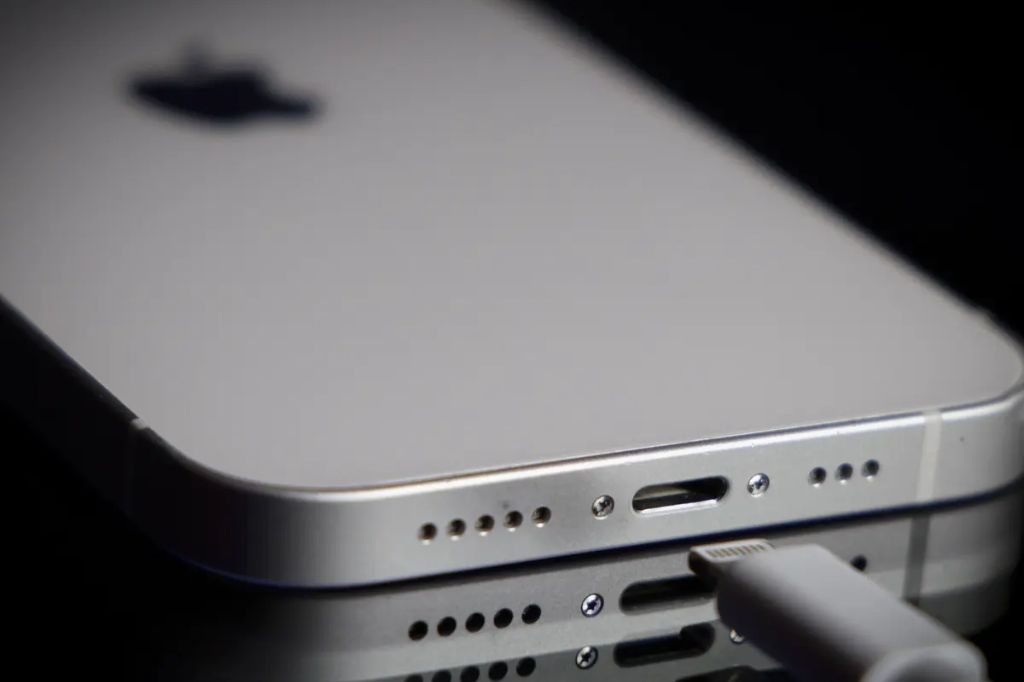Apple is saying goodbye to its proprietary Lightning cable and welcoming the universally accepted USB-C for iPhone charging. This transition is largely influenced by the European Union’s impending common charging regulation across its 27-member nations.
Key Highlights:
- USB-C Unveiled: Representing the Universal Serial Bus, USB-C is the latest iteration, replacing older versions used in various tech devices.
- Design and Functionality: USB-C boasts an elongated oval shape, symmetrical and reversible design, ensuring hassle-free plugging. It supports faster charging, rapid data transfer, and is adaptable for future tech advancements.
- Slimmer and Efficient: The USB-C design is more compact than the older USB-A, making it ideal for modern, sleek devices.
- Apple’s Transition: Historically, Apple ardently supported its unique Lightning connector. However, with the EU’s charging standard gaining traction, Apple has now fully embraced USB-C.
- Global Impact of EU Regulations: Apple’s move exemplifies the “Brussels effect,” where EU regulations influence global standards. The EU’s decade-long advocacy for a unified charging standard aims to enhance sustainability and reduce electronic waste.
- Implementation Timeline: The EU’s charging standard will be enforced from fall 2024, encompassing a wide range of electronic devices. It also introduces standardized fast-charging and offers consumers the choice to purchase devices with or without chargers.
Apple’s transition to USB-C marks a pivotal moment in the tech industry. Kaiann Drance, Apple’s vice president of iPhone product marketing, highlighted the universality of USB-C during the recent iPhone unveiling. She emphasized its integration across Apple’s product range, from MacBooks and iPads to iPhones and AirPods.
Also Read: Essential Tips to Protect Your iPhone: A Comprehensive Guide
The shift underscores Apple’s adaptability and the influence of global regulations on tech giants. The European Union’s persistent efforts to standardize charging mechanisms reflect its commitment to sustainability and consumer convenience. By reducing electronic waste and ensuring product longevity, the EU aims to foster a more eco-friendly tech landscape.
Apple’s move to USB-C is not just a technical upgrade; it’s a testament to the evolving dynamics of the tech world, influenced by global regulations and consumer preferences. As the tech industry continues to evolve, such transitions highlight the importance of adaptability, sustainability, and consumer-centric innovations.
















